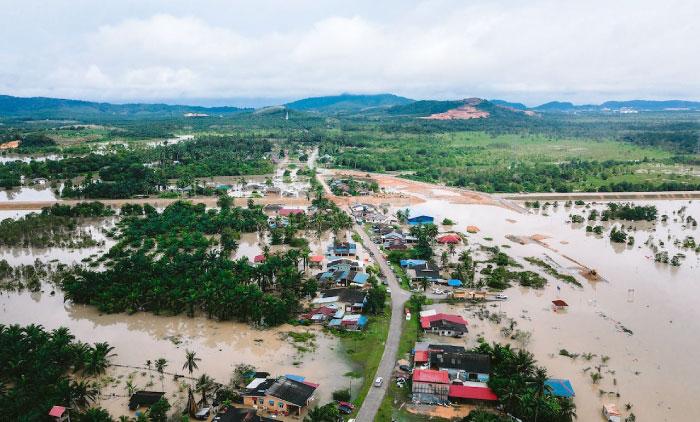Dar es Salaam, September 15, 2023 - As the East African region braces for the looming threat of El Niño during the upcoming October-November-December (OND) season, Tanzania has taken proactive steps to protect its citizens and mitigate potential damage. The Kenya-based IGAD Climate Prediction and Applications Centre (ICPAC) recently issued a report warning of the likelihood of an El Niño event, prompting the Tanzanian government to develop the National El Niño Contingency Plan and Anticipatory Actions (CP&AA) for Tanzania Mainland, which will be in effect from September 2023 to June 2024.
Tanzania is one of the countries at risk of severe weather events, including floods, droughts, and strong winds, across various regions of the nation. The impact of these events has been exacerbated by factors such as climate change, population growth, urbanization, and increased human activity in disaster-prone areas. These hazards have resulted in loss of life, injuries, infrastructure damage, and disruption of socioeconomic activities.
The Tanzania Meteorological Authority (TMA) has provided forecasts indicating that the upcoming Vuli rainfall season from October to December 2023 is likely to be influenced by El Niño conditions. El Niño is typically associated with above-normal rainfall over most affected regions. While this may be welcomed in some areas, the excess rainfall can also lead to disruptions in sectors vital to Tanzania's economy, including agriculture, livestock, fisheries, tourism, wildlife, transport, energy, water, minerals, health, and various other socioeconomic activities.
To address these potential challenges, the Prime Minister's Office (Policy, Parliament, and Coordination) has taken the lead in coordinating the development of the National El Niño Contingency Plan and Anticipatory Actions (CP&AA). This comprehensive plan has been created through a multisectoral approach, engaging experts and stakeholders from both government and non-government institutions. The Disaster Management Act No. 6 of 2022 has played a pivotal role in facilitating this process, providing a framework for coordinating various sectors through disaster management committees at both the national and local levels.
The CP&AA focuses on ensuring that the government, non-government organizations, communities, and other stakeholders are prepared to prevent and mitigate the impacts of hazards. It emphasizes readiness for response and recovery, with a commitment to building back better after any adverse events. The plan's objectives include establishing and strengthening coordination mechanisms and partnerships, proactive containment of El Niño impacts, and addressing the most vulnerable communities. It also delineates institutional roles and responsibilities and outlines key processes needed for a coordinated, coherent, and consistent management of El Niño-related issues across sectors.
The development of this plan has benefited from the valuable input of experts from government and non-government institutions involved in humanitarian and disaster risk management. Its full implementation is expected to significantly contribute to the prevention of expected losses and damages resulting from the impact of El Niño.
In light of the imminent threat, stakeholders are urged to take their responsibilities outlined in the plan seriously, in addition to sector-specific initiatives aimed at mitigating the negative effects of El Niño. By working together and remaining vigilant, Tanzania is well-prepared to weather the challenges that El Niño may bring, safeguarding its people and its economy.

